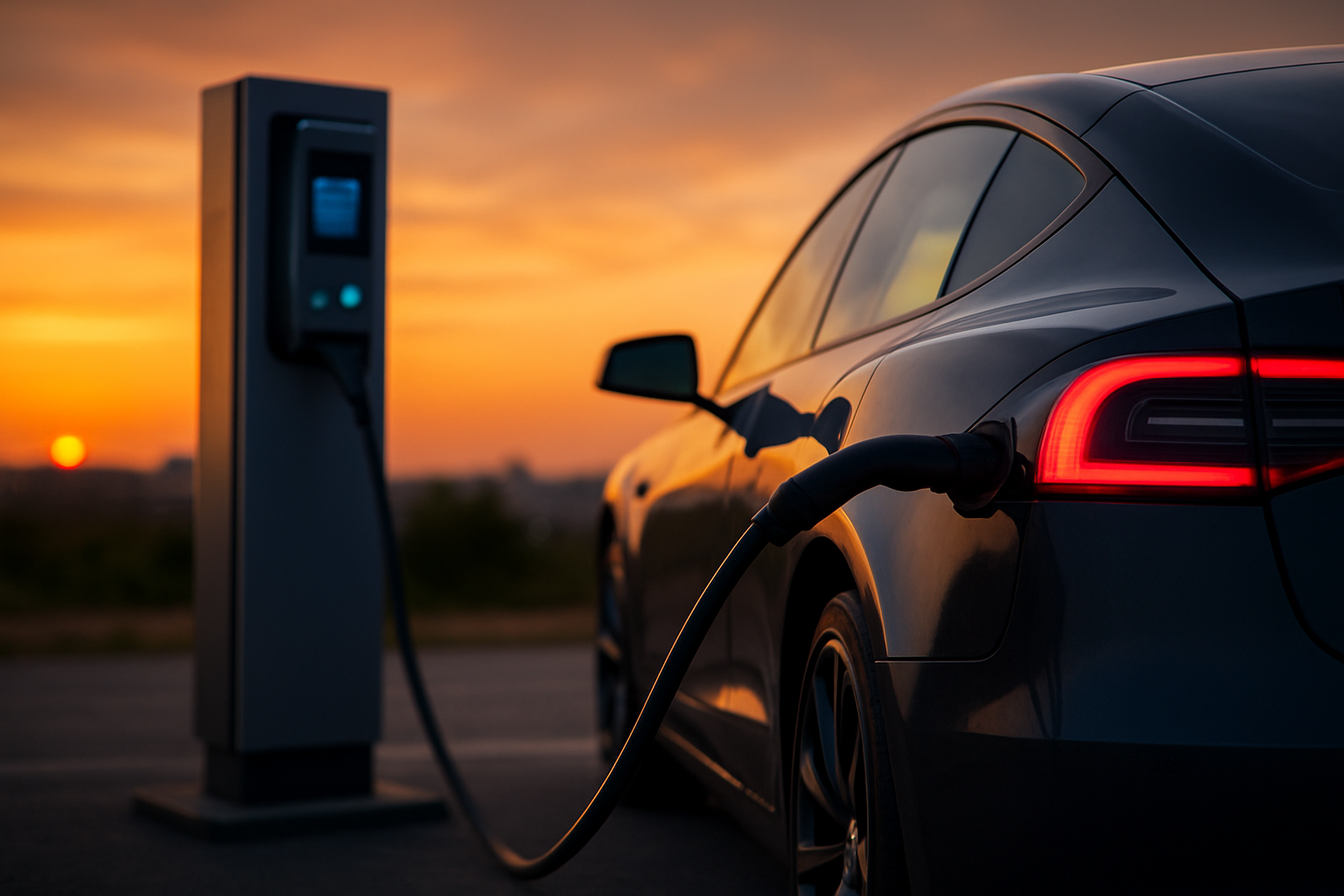Electric vehicles have moved from early adoption to the mainstream, and 2025 is set to be a pivotal year. Expect faster charging, smarter software, lower battery costs, and a broader range of models across every segment. Here’s what to watch as the EV market enters its next phase.
Charging Gets Faster, Smarter, and Easier
The biggest pain point for many drivers has been charging speed and availability. In 2025, more public stations will support high-power charging and improved uptime. Roaming agreements and unified payment systems will reduce app overload, while navigation will auto-route to the best charger with real-time stall availability. At home, intelligent chargers will schedule sessions during off-peak hours to save on energy bills and reduce grid strain.
Battery Tech Breakthroughs
Battery chemistry advances will keep driving range and affordability. Expect wider use of lithium-iron-phosphate packs in entry and mid-range models for lower cost and durability, alongside high-nickel chemistries and silicon-enhanced anodes for performance cars. Early solid-state pilots may appear in limited applications, but the big story for 2025 is optimization: better thermal management, denser packs, and smarter software that preserves health over time.
Real-World Range Becomes More Honest
Manufacturers are focusing on efficiency per kilowatt-hour rather than just larger packs. More aerodynamic designs, heat pump integration, and advanced tire compounds will give drivers more real-world miles, especially in cold or hot weather. Expect dashboards to display more accurate range predictions based on terrain, temperature, and recent driving style.
Prices Bend Downward
As battery costs ease and production scales, the total cost of ownership will become even more compelling. More sub-compact and compact EVs will hit the market alongside affordable crossovers, while premium brands add performance and long-range trims. Subscription and battery leasing models will expand, lowering upfront prices for budget-conscious buyers.
Vehicle-to-Home and Vehicle-to-Grid
Bidirectional charging will roll out beyond pilots. Homeowners will use EVs as backup power during outages or to shave peak rates. Fleets and early adopters may join energy programs that pay for feeding power back to the grid. Expect clearer warranties, certified hardware, and utility incentives to accelerate adoption.
Software-Defined Everything
EVs will increasingly feel like upgradable devices. Over-the-air updates will improve range, charging curves, and driver assistance features. App ecosystems will expand to include route planning, home energy management, and public charging rewards. Expect improved user experiences with unified profiles that transfer preferences across vehicles in the same brand.
Safety and Driver Assistance Step Up
2025 will see more standardized advanced driver assistance across price points, including lane centering, adaptive cruise, automated parking, and better driver monitoring. The emphasis will be on reliability and transparency rather than experimental features. Insurance products will begin to recognize these safety gains with usage-based plans tailored to EVs.
Fleets and Commercial EVs Scale
Delivery vans, ride-hail vehicles, and service fleets will accelerate electrification. Lower fuel and maintenance costs plus predictable daily routes make the economics attractive. Depot charging, midday top-ups, and telematics-driven maintenance will become standard practice, improving uptime and total cost of ownership.
Design Languages Evolve
Expect cleaner aerodynamics, closed grilles, and lighting signatures that double as communication cues. Interiors will use sustainable materials and reconfigurable layouts made possible by skateboard platforms. Smaller motors and compact drivetrains will free up storage and cabin space without increasing vehicle footprint.
The Used EV Market Matures
Battery health reports and standardized diagnostics will give buyers confidence in second-hand EVs. Certified pre-owned programs will expand, and financing will reflect the lower risk of powertrains with fewer moving parts. This will open the door to first-time EV owners and value shoppers.
Charging Standards Converge
With more automakers rallying around common connectors and protocols, cross-network compatibility will improve. Adapters will bridge gaps during the transition, but by the end of 2025 drivers should see a simpler, more universal experience across major networks.
What This Means for You
- If you were waiting for quicker charging and better range accuracy, 2025 delivers tangible improvements.
- Budget buyers will find more choices under the same monthly payment as comparable gas models.
- Homeowners can turn EVs into energy assets with vehicle-to-home capability.
- Frequent drivers and fleets will benefit from lower operating costs and improved charging reliability.
How to Decide in 2025
- Start with your daily range and charging access. Choose efficiency over the biggest battery.
- Check charging maps you actually plan to use and confirm power levels near your routes.
- Compare total cost of ownership, including incentives, energy rates, and maintenance.
- Ask for a battery health report and charging curve transparency before you buy.
- Consider bidirectional-ready hardware if home backup or grid programs interest you.
The Bottom Line
2025 is the year EVs become easier to own, easier to charge, and easier to trust. With broader model choice, smarter software, and maturing infrastructure, the next wave of adoption will be driven by practicality as much as performance.




